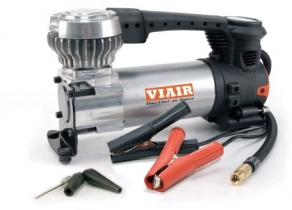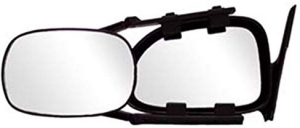-
Welcome to Tacoma World!
You are currently viewing as a guest! To get full-access, you need to register for a FREE account.
As a registered member, you’ll be able to:- Participate in all Tacoma discussion topics
- Communicate privately with other Tacoma owners from around the world
- Post your own photos in our Members Gallery
- Access all special features of the site
Inverter install
Discussion in '2nd Gen. Tacomas (2005-2015)' started by ThomasDean, May 6, 2014.
Page 1 of 2
Page 1 of 2


 How'd you choose a lift?
How'd you choose a lift?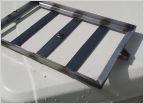 Homemade dual battery tray & Aux fuseblock
Homemade dual battery tray & Aux fuseblock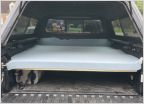 For those of you who sleep in your truck, what is the best mattress?
For those of you who sleep in your truck, what is the best mattress?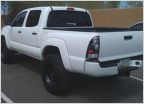 Best way to black out taillights?
Best way to black out taillights?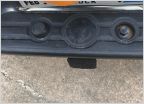 What are these called?
What are these called?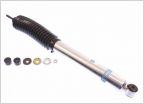 Cost of Bilstien 5100 Complete Install
Cost of Bilstien 5100 Complete Install









